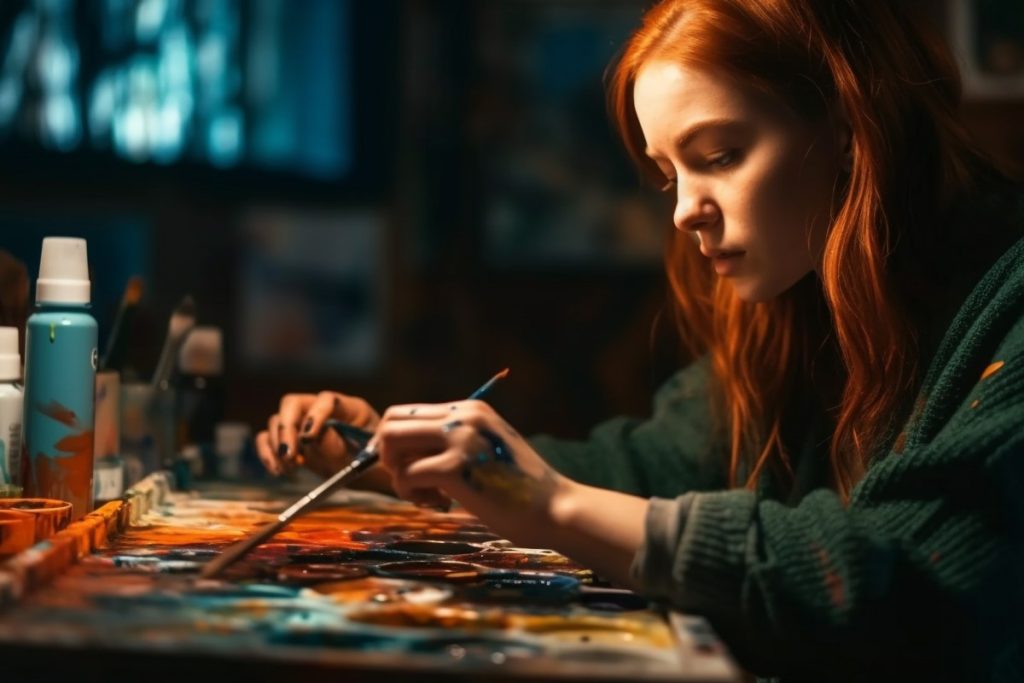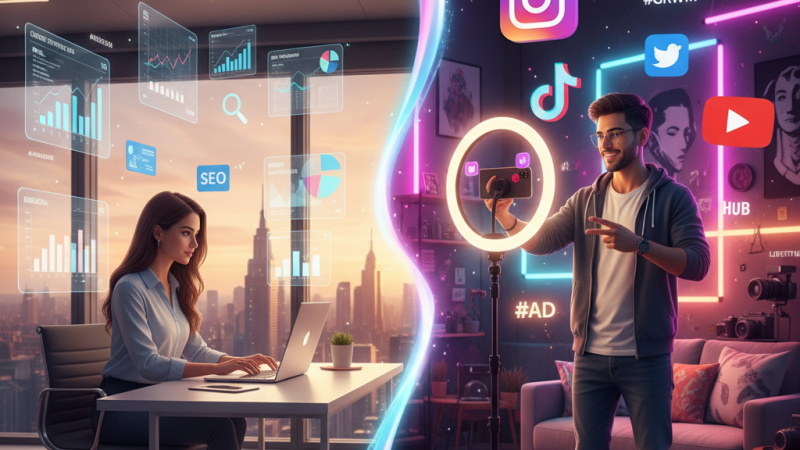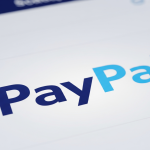Graphic design is evolving at an accelerated pace, driven by advances in technology and shifting consumer preferences. Designers must adapt to a changing landscape by embracing new tools, methodologies, and philosophies. Here are four exciting trends reshaping the future of graphic design:
1. AI-Generated Design
Artificial Intelligence is no longer just a tool; it’s becoming a collaborator in the creative process. AI-generated designs can speed up workflows by automating tedious tasks like resizing, color adjustments, or even creating preliminary drafts. With tools like MidJourney and DALL·E leading the charge, designers are finding new ways to combine human creativity with AI efficiency.
Why it’s trending: AI allows designers to focus more on big-picture thinking while AI handles repetitive tasks, leading to faster, data-driven designs. AI also opens up infinite creative possibilities by generating unique design concepts based on algorithms.
2. 3D Design and Immersive Experiences
Gone are the days when 2D ruled the design world. With the rise of AR (Augmented Reality) and VR (Virtual Reality), 3D design is taking center stage. Brands are now integrating 3D elements into their visuals, making everything from web pages to product advertisements more engaging.
Why it’s trending: As AR and VR technologies advance, brands are tapping into the immersive nature of 3D designs to create more interactive and realistic user experiences.
3. Neumorphism 2.0
Neumorphism, a design style that blends the tactile nature of skeuomorphism with the simplicity of flat design, is getting a refresh. This focuses on balancing aesthetics with usability, offering soft, embossed looks that are visually appealing but functional.
Why it’s trending: This design style provides a modern, polished look that’s easy on the eyes, making it perfect for app interfaces and websites that prioritize user experience.
4. Motion Design for Branding
Static branding is being replaced with dynamic, animated visuals. Whether it’s a simple motion graphic in a logo or interactive animations on a website, motion design is now essential for catching attention and creating memorable experiences.
Why it’s trending: Motion design adds life to branding, making it more engaging and memorable for users. It also aligns with the growing trend of video content dominating digital platforms.
5. Sustainable Design
Sustainability is becoming a need rather than a trendy term. By emphasising digital-first solutions like virtual packaging or reducing waste through reusable design elements, designers are shifting towards eco-friendly practices. Eco-friendly design decisions are increasingly essential to product and branding design.
The reason it’s popular: Brands are expected to embrace sustainable practices in response to consumers’ growing environmental consciousness, and design is essential in conveying these ideals.
6. Inclusive and Accessible Design
Designing for inclusivity is becoming more than just a good practice—it’s an industry standard. Accessibility features, such as high-contrast visuals, screen reader compatibility, and easy navigation, ensure that designs are usable for all audiences, including those with disabilities.
Why it’s trending: The demand for accessible and inclusive design has grown as brands realize the importance of reaching a wider, more diverse audience while meeting legal requirements for digital accessibility.
7. Augmented Reality in Visual Design
AR isn’t just for gaming—it’s making waves in graphic design too. From interactive product packaging to immersive advertising campaigns, AR allows consumers to experience designs in an entirely new way.
Why it’s trending: As AR becomes more accessible, brands are using it to bridge the gap between digital and physical experiences, engaging users with creative, immersive content.
8. Responsive Typography
With variable fonts on the rise, typography is no longer static. Designers now use adaptive typography to ensure consistency across different screen sizes, creating fluid, scalable text that adjusts seamlessly across devices.
Why it’s trending: In a world where content is consumed on an array of devices, responsive typography ensures readability while adding a dynamic layer to design.

Conclusion
The future of graphic design is exciting and full of opportunities. AI-assisted design, 3D and motion graphics, sustainable practices, and data-driven decision-making are not just trends; they’re becoming integral to the way designers work. By staying informed and adapting to these trends, freelancers can create more impactful, engaging, and environmentally conscious designs that meet the needs of modern consumers.
If you’re a freelancer looking to embrace these trends and grow your creative career, consider joining Wiraa, a freelancing platform where you can collaborate with others, showcase your skills, and find clients who value innovation.




